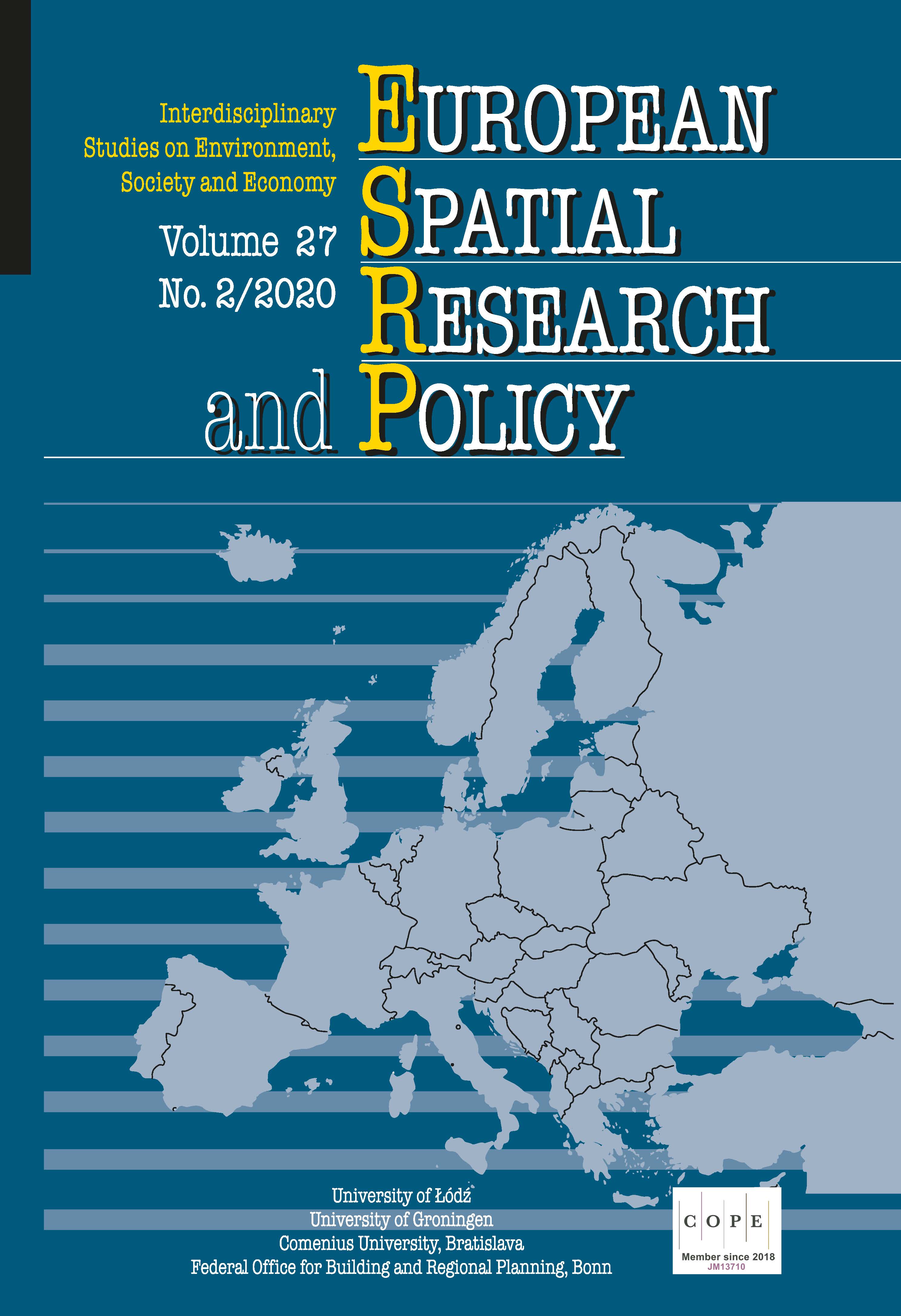The influence of land cover on the spatial distribution of fire sites: A case study of Łódzkie Voivodeship, Poland
The influence of land cover on the spatial distribution of fire sites: A case study of Łódzkie Voivodeship, Poland
Author(s): Stanisław Mordwa, Małgorzata OstrowskaSubject(s): Economy, Geography, Regional studies
Published by: Wydawnictwo Uniwersytetu Łódzkiego
Keywords: fire incident; GIS; land cover; fire high-risk area; fire location quotient; Łódzkie Voivodeship
Summary/Abstract: The paper continues from previous joint studies and their practical application at the confluence of human geography, safety-related research and Geographic Information Systems (GIS). The objective of the study was to identify the land cover types most at risk from fire. The study has contributed an original angle by taking into account various land cover types with a potential influence on the distribution of fires geocoded at the address level. The analysis considered 27,651 fire interventions, as recorded by the Polish State Fire Service between 2014 and 2016 in the country’s central region known as Łódzkie Voivodeship. The main methods employed include various GIS tools, including Voronoi tessellation (to identify the areas most at risk of fire) and the fire location quotient (FLQ, a measure of the colocation between the number of fires and land cover). The most important conclusion is that of all the land cover types considered in the study, the built-up area type, especially the multi-family residential and retail and service area subtypes, was virtually the only one with a strong influence on the location of fires. The fire high-risk areas (FH-RA) identified here were primarily limited to urban areas.
Journal: European Spatial Research and Policy
- Issue Year: 27/2020
- Issue No: 2
- Page Range: 171-197
- Page Count: 27
- Language: English

